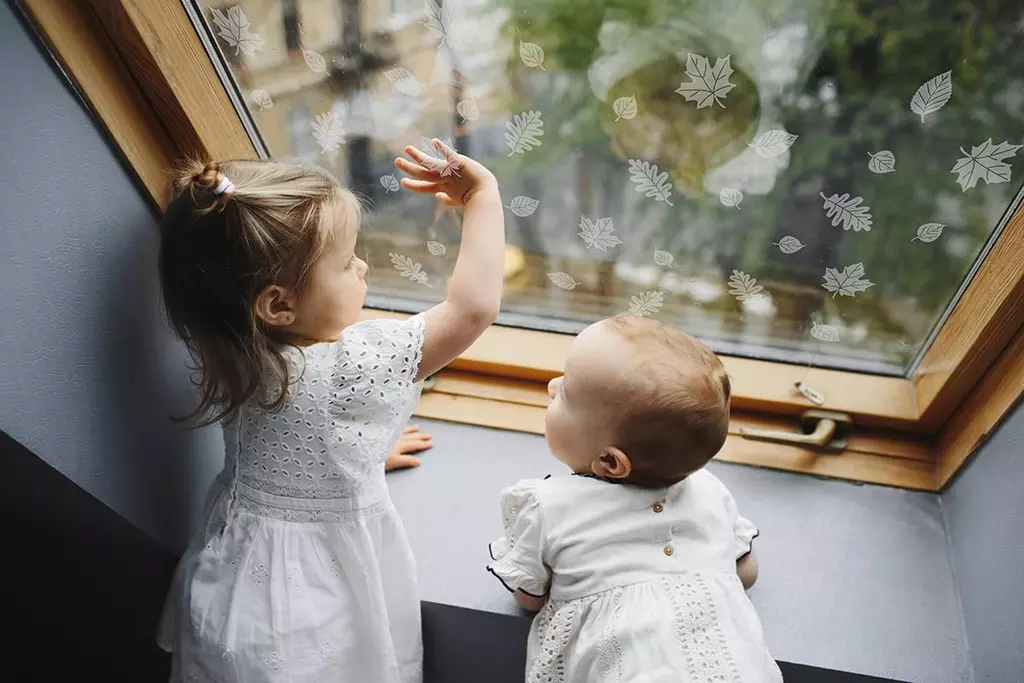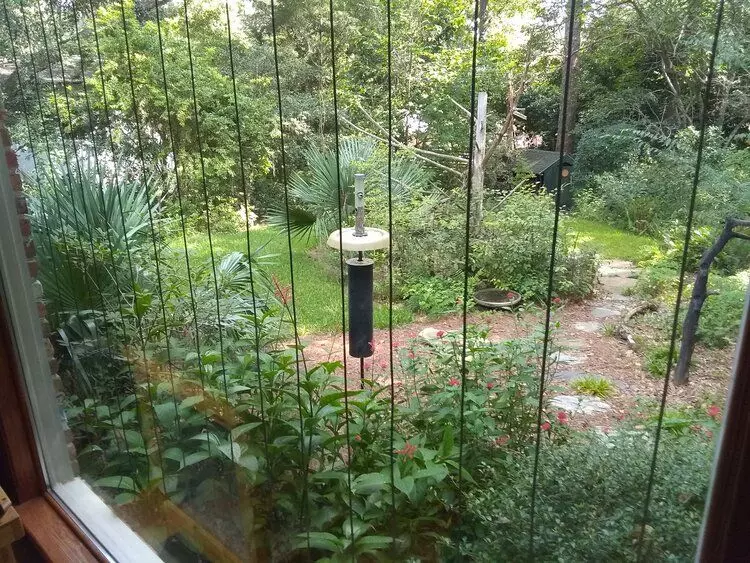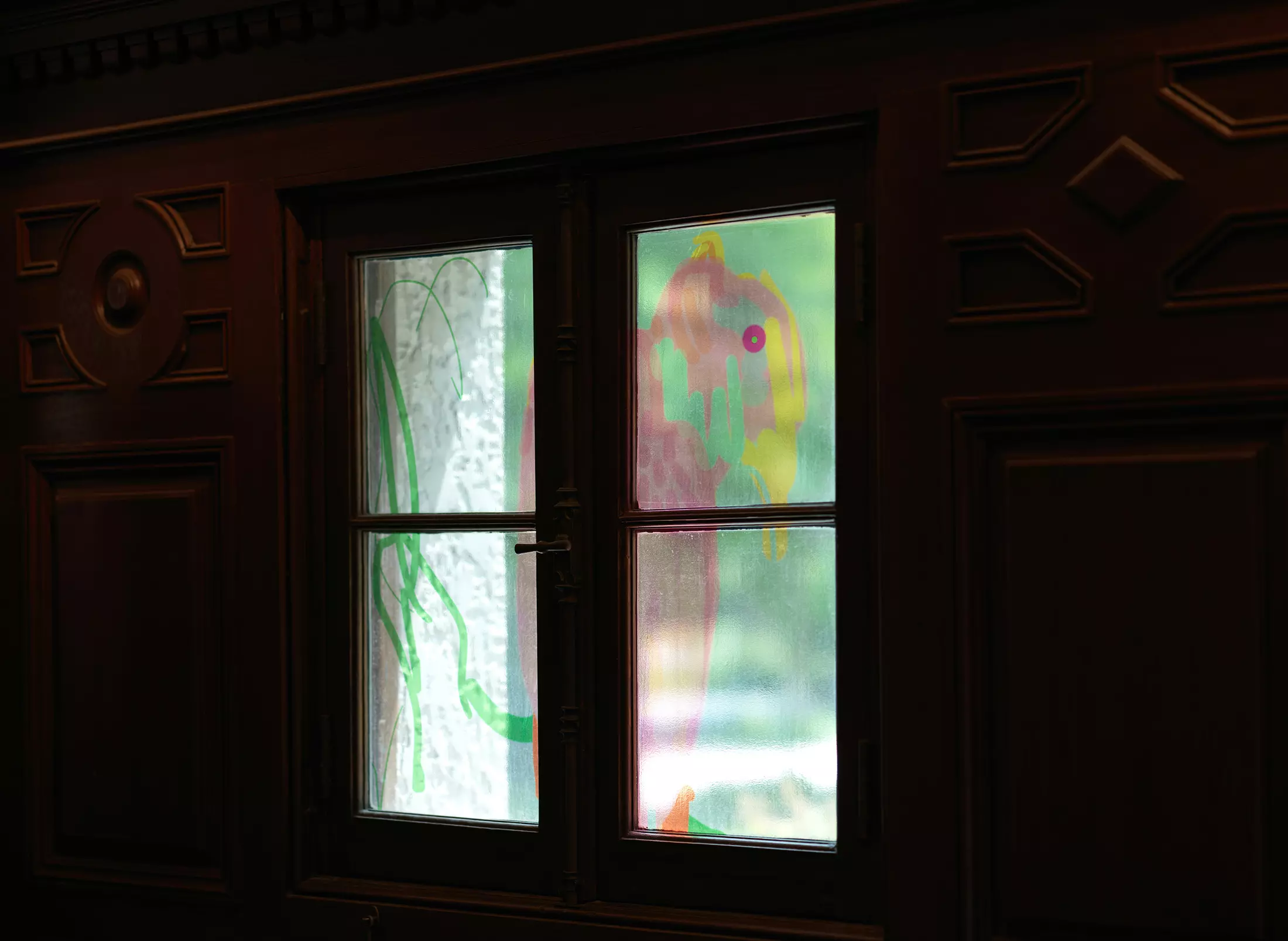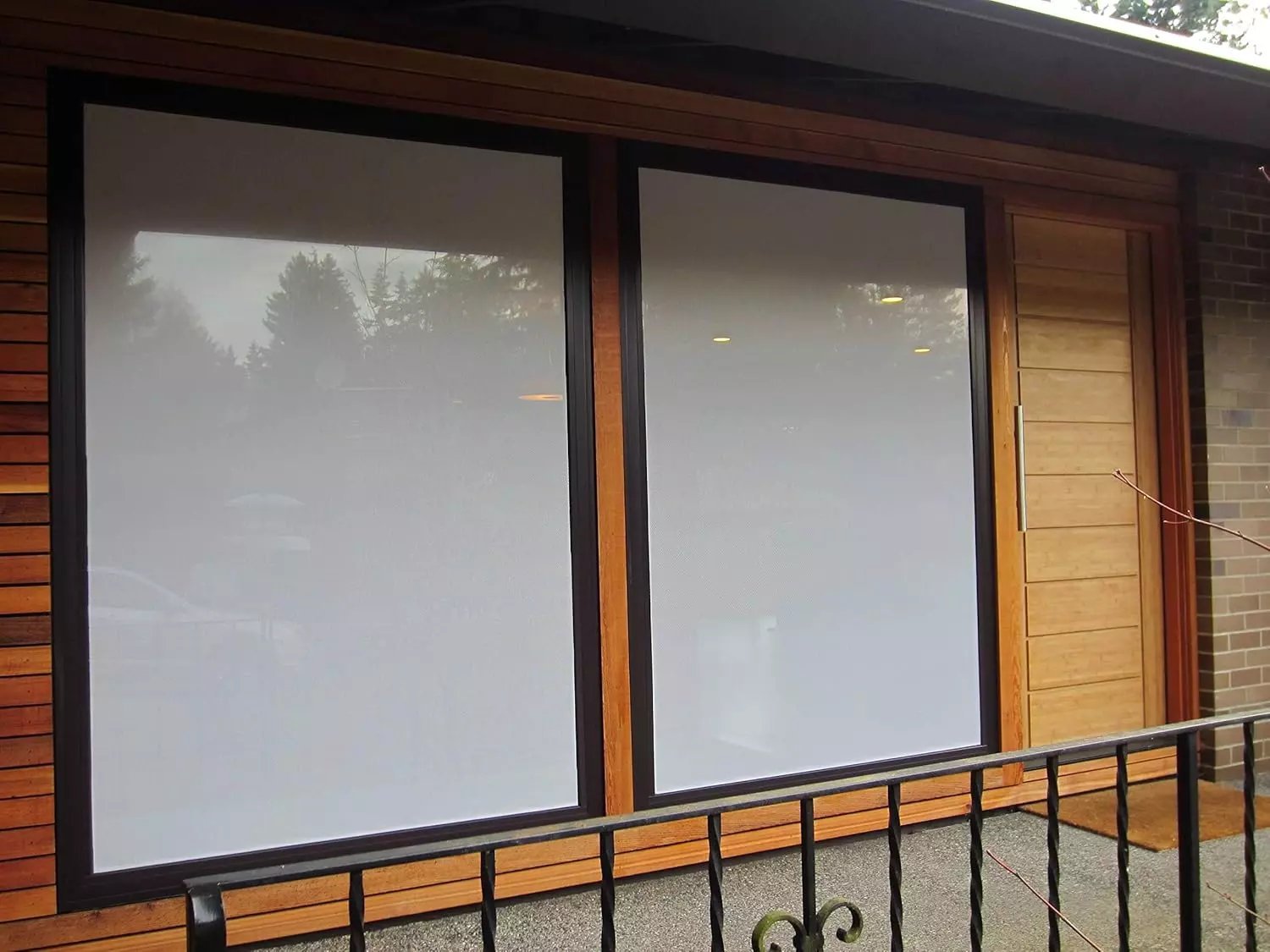

How to Keep Birds from Hitting Your Windows
Somewhere around a billion birds are killed in the United States each year from striking windows. We’ve all heard the sickening thud—it’s a heartbreaking sound. If this is a problem at your house, luckily there are ways you can help our avian friends.
Swipe through to learn about measures you can take to keep birds from hitting your windows.

Window Adhesives
The most common method of bird-proofing windows is to apply stickers, tape or other adhesives to the exterior window surface. For these to be effective they must be placed in a relatively dense array, with no more than two inches separating the markings and they must cover the whole window. Though inexpensive, this visual crowdedness may make window adhesives undesirable for some people.
Photography: Amazon

Turning Off Lights
To avoid predators and take advantage of cooler, calmer skies, birds usually travel by night during their long migrations. While traveling, they can be easily blinded by the bright glow of lit-up buildings, contributing to a significant number of window strikes. The simplest, lowest-effort action you can take to help migrating birds is to turn off unnecessary lights at night. If the lights must stay on, draw the curtains or close the blinds so the light isn’t visible outside.

BirdSavers
Acopian BirdSavers, also known as Zen Wind Curtains, are among the most efficient and visually appealing solutions for preventing bird strikes. This product consists of several nylon cords hung vertically, four inches apart, across the exterior of the window. It follows the same principle as the aforementioned adhesives, creating a network of obstacles that birds will see and try to avoid. Keep in mind that BirdSavers can be expensive if they're custom-purchased and labor-intensive if they're made at home.
Photography: Sharon Egan via Pinterest

Shutters and Screens
When installed over the exterior of the window, outdoor shutters and fine mesh mosquito screens make for great deterrents for nearby flying birds. Some mesh screens and nets also provide the additional benefit of softening the impact if a bird does fly into them. Furthermore, keeping external shutters closed when they’re not needed can be a big help in lowering cooling costs in warmer months.

Paint and Soap
Brushing tempera paint or soap directly on your larger windows is another easy way to tell birds they can’t fly through the glass. While painting your windows allows you to be creative and create interesting patterns or artwork, it's important not to leave large uncovered areas of glass so smaller birds don't mistake the paint for actual objects and hit the window amyway.

Shading Windows
Bird collisions happen because of the reflection of the outdoors they see on windows, and birds are often interested in exploring new territory. One simple way to reduce window collisions is to provide shade over windows through awnings or sunshades to prevent the sunlight from reflecting on the windows. It’s important to note, however, that this solution would be weakened by the presence of plants placed indoors near the window.

One-way Film
This high-tech option allows people inside the building to see out the windows, but not the other way around. There are several options for purchasing these films, but they’re all on the expensive side and some people may not like the way opaque windows look from the outside. Some companies also make a translucent textured film that looks more normal on the outside, but at the cost of a fuzzier view from the inside.
Photography: Amazon